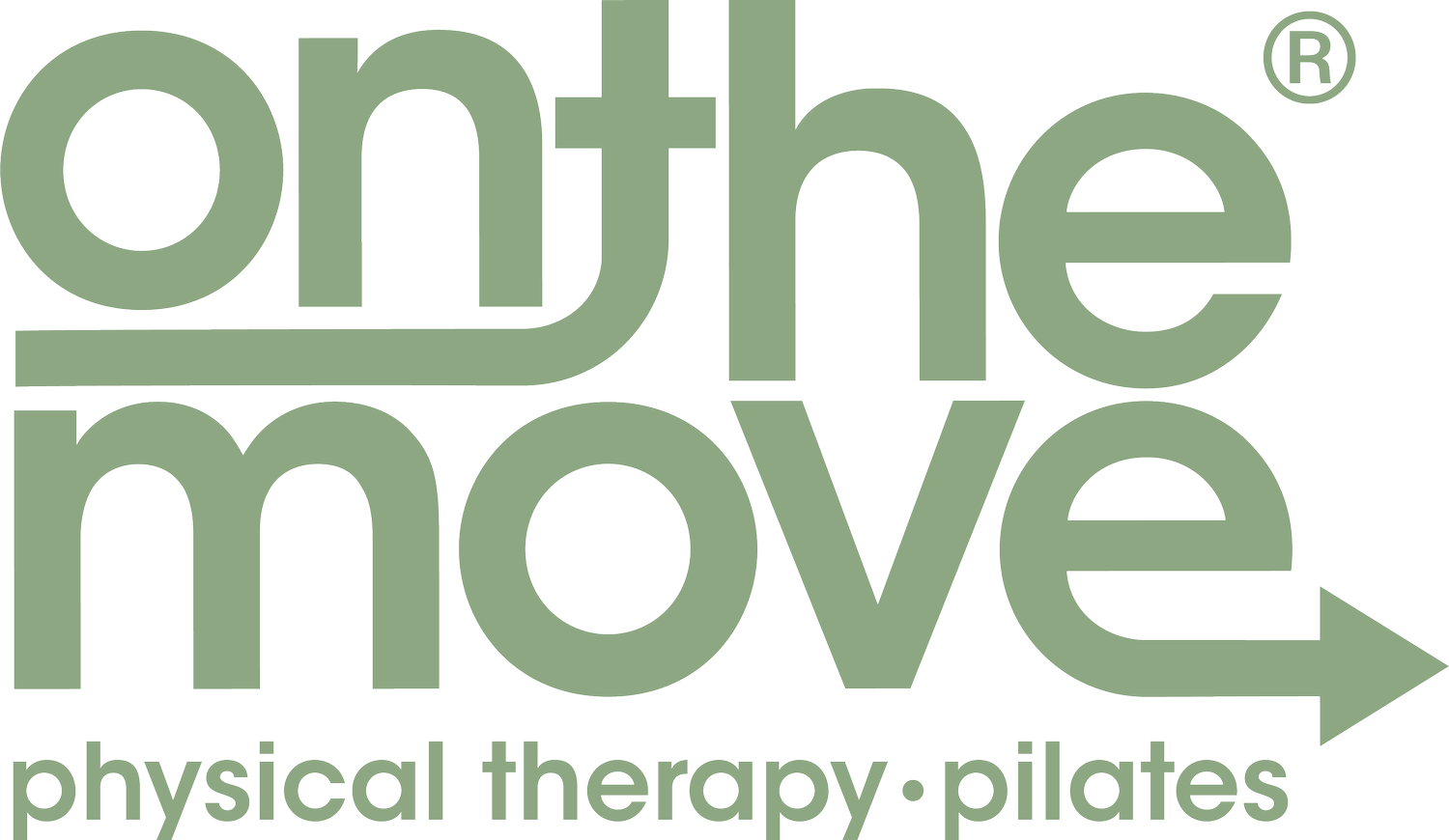Two Most Commonly Misunderstood Exercise Tips
In January, people often start new exercise programs. We love it when people come into the clinic asking for our Annual Physical Therapy Check Up to get a sense on their strengths, weaknesses, and asymmetries from head to toe. It's great because you walk away with some tips on how to avoid injury as you embark on all these new exercise programs!
One of the things we love to do is clarify the advice that's out there in social media and popular news.
Here are the top two misunderstood exercise tips.
1) For Squats: Knees Over Toes!
First off, one reason this is tip is confusing is because advice on knee alignment has changed over the years. Second, it's hard to understand if this advice means to tell you to keep your knee in line with your toes or to make sure your knees stay behind your toes in a squat or even the contrary - to make sure your knees go past your toes in a squat. Clarifications:
Yes, you should try to keep your knees in line with your toes when you're squatting. Meaning, if your toes are pointing outward like a sumo squat or ballerina, so should your knees. If your toes are pointing straight forward, so should your knees. If that is hard for you to make happen, come in for an evaluation so we can help you figure out if your ankles just don't allow for this to happen.
Yes, your knees can go forward past your toes when you deep squat. In fact, they should. Now, if this hurts or if you are primarily squatting via a "shove knees forward first" strategy, we should fix this situation.
2) For Shoulders - Keep your shoulder blades down and back!
Okay, this advice is correct if your shoulders are creeping up towards your ears or if they are hunching you forward. What often happens when people hear this advice is that they squeeze their shoulder blades back and try to lock them there for all exercises.
Hope this helps. If you'd like some clarification, let us know!
Warmly,
Alyssa, PT, DPT, SCS, NCPT


